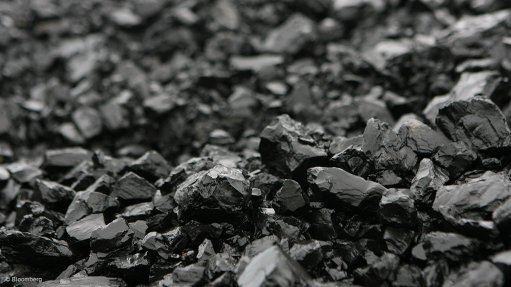
Photo by: Bloomberg
JOHANNESBURG (miningweekly.com) – A conceptual mine plan for dual-listed mineral exploration and development company Kibo Mining’s Rukwa coal to power project, in Tanzania, has confirmed that the mine could produce 120 000 t a month of run-of-mine coal.
Kibo has been undertaking a definitive mining feasibility study (DMFS) on the Phase 1, Stage 1 of its Rukwa project, with the conceptual mine design and schedule, the conceptual framework for coal infrastructure and the conceptual plant design now complete.
The mine plan had also determined a stripping ratio of four bank cubic metres a ton.
Kibo stated that the confirmation of these critical factors demonstrated that the project could be mined efficiently and within previously reported cost parameters.
This would be achieved by mining the pit from two boxcuts, allowing advances on four benches (faces) and four directions along strike simultaneously.
This arrangement would provide flexibility in the mine plan and setup and allow for mine waste to be deposited in the pit, significantly reducing hauling cost and eventual rehabilitation cost.
“We continue to rapidly de-risk the mining portion of the Rukwa coal to power project, with further detailed work delivered in these early stages of the feasibility process.
“The technical fundamentals and planning considerations are already well developed, which should allow a quicker-than-expected advance into Phase 2, Stage 1 of the DMFS,” commented Kibo CEO Louis Coetzee.
Earlier this month, the company reported that preliminary economic and technical evaluations on the project had confirmed the Rukwa mine as a suitable fuel source for a 300 MW mine-mouth coal-fired power station.
At the time, it said the indicative life-of-plant for the Rukwa power station required 28.8-million tons of coal over 20 years, which amounted to only 48% of the current 60-million tons of mineable resource at the Rukwa mine.
The remaining 52% of the currently mineable resource, combined with the remaining 35 km strike length of the Rukwa coal deposit not included in the resource, suggested a potential minimum 40-year life-of-plant for the Rukwa power station, with enough fuel left to sustain an additional 600 MW capacity for a further 30 to 40 years.